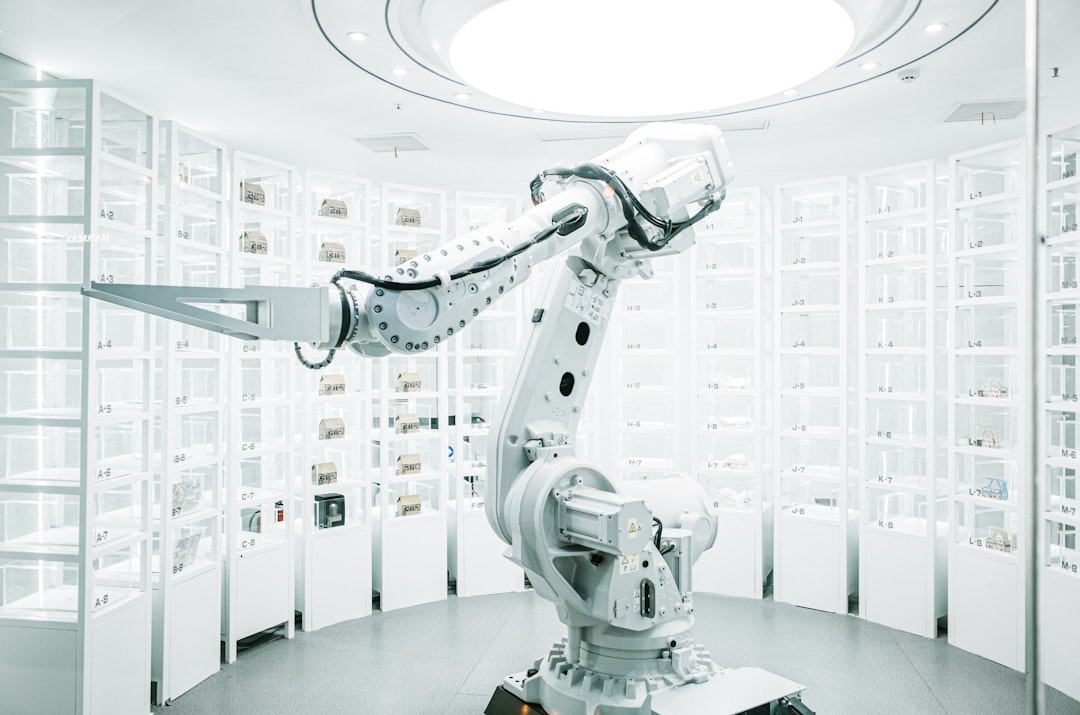In the evolving landscape of software and digital experiences, the concept of a copilot—a digital assistant that supports users in real time—has gained increasing traction. As artificial intelligence becomes more integrated into user interfaces, companies face a crucial design question: should copilots be inline, on-demand, or autonomous? This choice has profound implications for user experience (UX), adoption, and trust. Understanding these three modalities, their strengths, and potential pitfalls is key to creating AI experiences that genuinely empower users.
Understanding the Copilot Paradigms
Before we compare the approaches, it is essential to define what we mean by each:
- Inline: A copilot experience that is closely integrated into the user’s existing workflow. Suggestions or actions are presented contextually, within the interface the user is already engaging with.
- On-Demand: An assistant that activates only when explicitly called upon by the user. It coexists with the main interface but is task-oriented and user-initiated.
- Autonomous: A system that actively performs tasks without requiring direct user input, often operating in the background or acting proactively based on inferred intent.
Each approach comes with unique advantages and design trade-offs, and the optimal choice often depends on the specific application and the needs of its users.
Inline Copilots: Seamlessly Integrated Assistance
One of the most popular and minimally intrusive approaches is the inline copilot. Here, AI enhancements are embedded directly into a task or workflow. For example, in code editors like Visual Studio Code, GitHub Copilot subtly offers code completions and suggestions while the user types, without breaking the cognitive flow.
The major strength of inline copilots is their seamlessness. When executed well, they accelerate user productivity in a natural and intuitive way.
Pros:
- Minimal disruption to workflow
- Timely, contextual suggestions
- High adoption potential due to familiarity
Cons:
- Risk of overloading the user interface
- Limited scope for complex interactions
- May be overlooked in busy interfaces
An inline copilot works best when the user is already engaged in a detailed task and benefits from just-in-time suggestions. However, design teams must balance visibility and unobtrusiveness to maintain a positive user experience.

On-Demand Copilots: Control and Precision
On-demand copilots represent a more controlled form of AI assistance. These systems are invoked by the user when needed, often through chat interfaces, side panels, or voice commands. Microsoft’s Copilot in Office apps, for instance, allows the user to issue commands like “Summarize this document” or “Generate a project plan,” receiving outputs in real time.
The on-demand modality strikes a balance between user empowerment and availability. It allows users to decide when they need help, thereby preserving cognitive autonomy.
Pros:
- High user control
- Ideal for complex or multifunctional outputs
- Scales well with general-purpose AI capabilities
Cons:
- Interrupts main workflow
- Can feel detached or secondary
- Requires deliberate engagement
Designers favor on-demand approaches in cases where users consider the AI a supplemental tool rather than a core part of their flow. However, onboarding and education are critical to ensure that users understand the assistant’s capabilities and limitations from the outset.
Autonomous Copilots: Power with Risk
The most advanced paradigm is the autonomous copilot—a digital agent that takes initiative. These AIs predict user needs or execute tasks with minimal input. Examples include email clients that automatically categorize or draft responses, or operational AIs that monitor infrastructure and act on anomalies without human prompting.
While offering immense power and efficiency, this category carries the highest risk. Users may feel a loss of agency or mistrust opaque actions, especially if they are not transparent or explainable.

Pros:
- High efficiency in routine or repetitive tasks
- Proactive assistance can detect and address issues before they escalate
- Maximum leverage of AI’s predictive capabilities
Cons:
- Potentially disempowering to users
- Lack of transparency can erode trust
- High stakes for incorrect actions
Autonomous copilot designs must take a “human-in-the-loop” approach, ensuring users can supervise, override, or opt out of AI behavior. Transparent UX patterns—such as activity logs, undo features, and visual cues—are necessary to build trust in these systems.
Choosing The Right Model
Deciding between inline, on-demand, or autonomous copilot experiences is not just a UX decision—it reflects how much responsibility and control the AI should have in the user’s journey. Key criteria for choosing include:
- Task Complexity: More complex tasks may benefit from on-demand interaction, while simple, repetitive tasks might suit autonomous execution.
- User Skill Level: Beginners may benefit from inline or on-demand help, while experienced users may prefer autonomous support that doesn’t intrude.
- Interface Density: Crowded interfaces may not accommodate inline helpers, favoring secondary panels.
- Trust Requirements: For tasks involving sensitive data or critical actions, transparency is vital—sometimes ruling out autonomy.
Hybrid Approaches: Best of All Worlds?
Many modern systems are opting for hybrid models. For example, an assistant can operate inline by offering real-time suggestions, while also being accessible on demand for more complex tasks, and executing some actions autonomously in the background when risk is low and trust is well-established.
Such systems require careful orchestration. Trigger points, interface hierarchy, and feedback loops must be clear to ensure users remain in control and understand when and why the assistant acts. Personalization features can help tailor which modality is emphasized for a given user type or scenario.
Build for Trust, Not Just Efficiency
Ultimately, the goal of any copilot is to enhance human productivity—not to replace it. Users are more likely to adopt and value AI copilots when they feel empowered, not manipulated. This makes transparency, explainability, and feedback mechanisms essential at every level of design.
Each modality offers a different balance of power between the system and the user. Designers and developers must consider the task domain, user expectations, and ethical frameworks before implementing any copilot feature.
Conclusion
The rise of copilot interfaces marks a new frontier in human-AI interaction. Choosing between inline, on-demand, or autonomous models isn’t about selecting the “best” design—it’s about finding the right fit for your users and domain. All three approaches can offer real value when implemented thoughtfully and ethically.
As organizations race to embed AI into their products, it’s critical to remember: the best copilots don’t just anticipate needs—they earn trust, respect autonomy, and elevate the user experience every step of the way.




